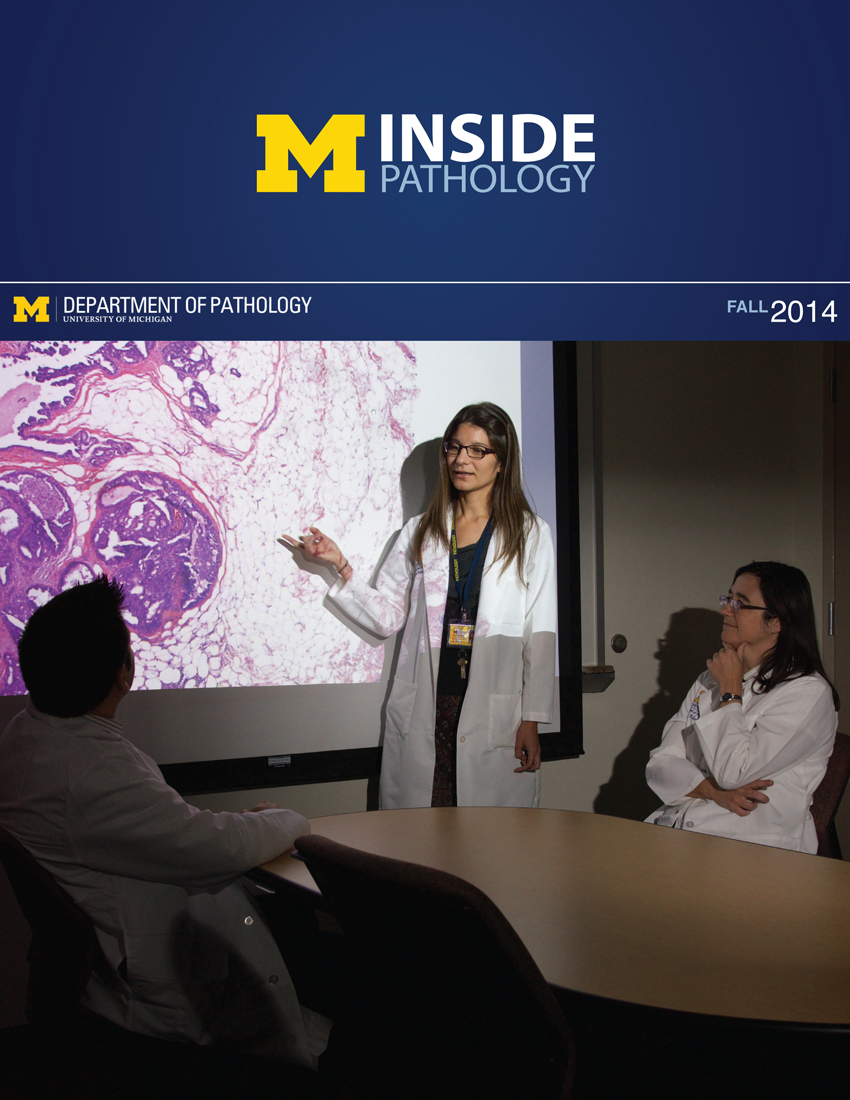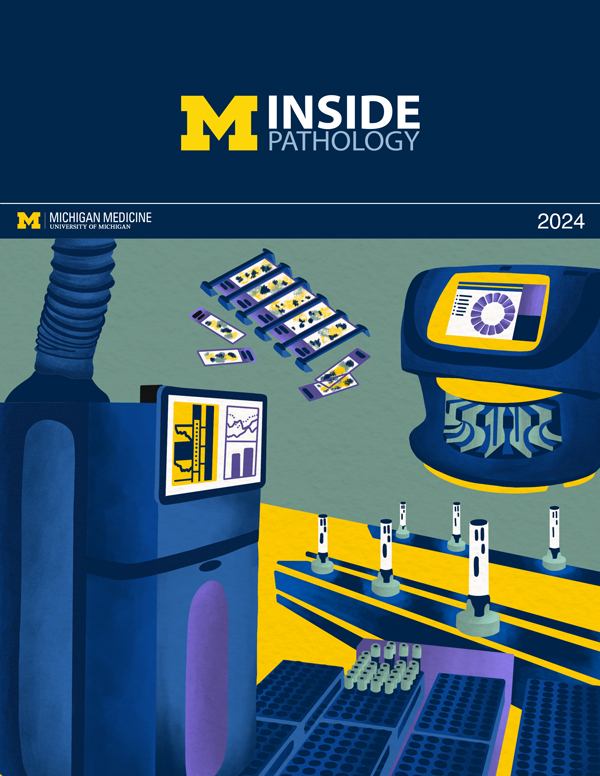One Cow's Historic Connection to Pathology
By Brent Temple | January 23 2018 Portrait of 'Blossom the Cow' in the Edward Jenner Museum in Berkeley, UKDuring the 18th century, smallpox was a deadly epidemic that killed around 10 percent of the European population. The risk of death was even worse for children, where as many as 98 percent of those who contracted the disease died from it. Those who were fortunate enough to survive the illness still suffered scars and sometimes blindness. The discovery of a vaccine for smallpox helped to eventually lead to the global eradication of the disease, but did you know that this vaccine was found in part because of the most unlikely of characters, a dairy cow?
Portrait of 'Blossom the Cow' in the Edward Jenner Museum in Berkeley, UKDuring the 18th century, smallpox was a deadly epidemic that killed around 10 percent of the European population. The risk of death was even worse for children, where as many as 98 percent of those who contracted the disease died from it. Those who were fortunate enough to survive the illness still suffered scars and sometimes blindness. The discovery of a vaccine for smallpox helped to eventually lead to the global eradication of the disease, but did you know that this vaccine was found in part because of the most unlikely of characters, a dairy cow?
In 1796 in Gloucestershire, England, a milkmaid named Sarah Nelmes contacted Dr. Edward Jenner, an English physician and scientist, with a rash on her right hand that she feared could be the start of smallpox. However, he diagnosed it as cowpox, which resembles mild smallpox but is contracted from a cow's udders. Jenner traced the cowpox to one of her Gloucester cows named Blossom. At the time, there was a vague connection found between cowpox and immunity against smallpox, but this was not yet widely understood. Dr. Jenner was eager to experiment.
Through a method that would not pass today’s ethics standards, Dr. Jenner took some of the pus from Sarah's hand and inoculated his gardener's eight-year-old son, James Phipps. After contact with the cowpox, Phipps was mildly ill but recovered. Jenner then later exposed the young boy to smallpox by a method called variolation. In this procedure, the skin is scratched with the skin scab of someone with a mild form of smallpox, allowing the recipient to contract the virus. To his relief, the young James Phipps showed no signs of infection. Later, Jenner repeated the method on Phipps, but again with no signs of infection.
Dr. Jenner had created what was the world’s first vaccine, deriving from the Latin word "vacca", meaning "cow". After successfully testing his method on 23 additional subjects, including his own 11-month-old son, the Royal Society published his findings in 1798. Though he was ridiculed by critics for inoculating people with material from a diseased animal, Dr. Jenner was later called one of the fathers of immunology, which is the study of the immune system in all organisms, and recognized for his life-saving work.
Read More About This |
Enjoy our Did You Know series? Find us on Facebook and Twitter and join our pages for more information and highlights from our department. @umichpath |
|
|
A History of Pathology in 50 Objects
|
How did Edward Jenner test his smallpox vaccine?
|
|
 ON THE COVER
ON THE COVER
 ON THE COVER
ON THE COVER
 ON THE COVER
ON THE COVER
 ON THE COVER
ON THE COVER
 ON THE COVER
ON THE COVER
 ON THE COVER
ON THE COVER
 ON THE COVER
ON THE COVER
 ON THE COVER
ON THE COVER
 ON THE COVER
ON THE COVER
 ON THE COVER
ON THE COVER
